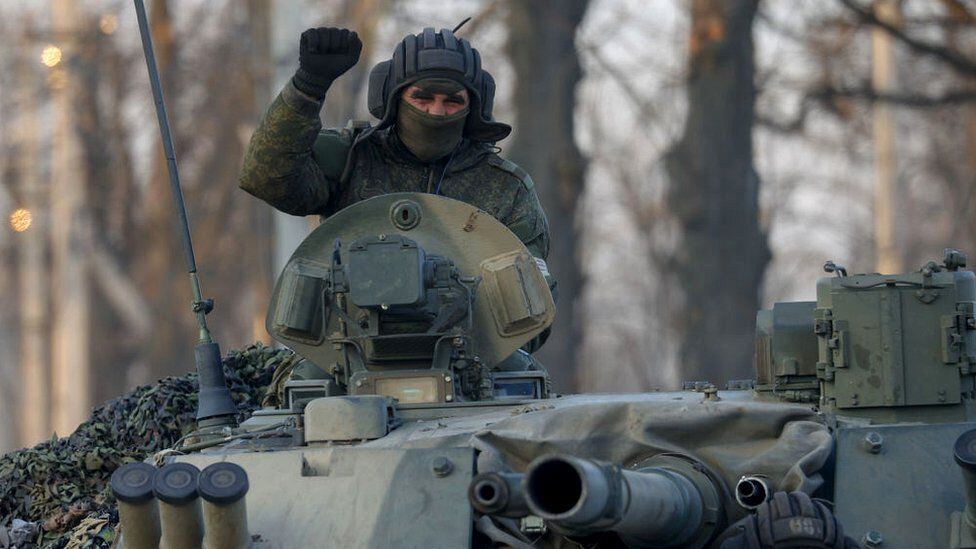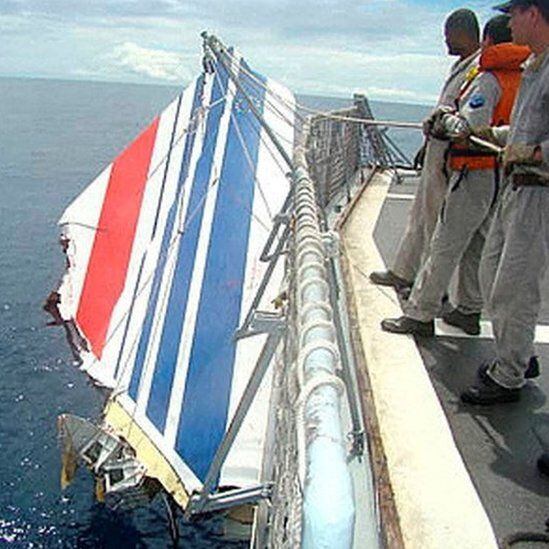There will be no peace agreements, ceasefires or surrenders in Ukraine.
The next two months will bring what US defense officials have called “a knife fight” in the area the Ukrainian military calls “The Joint Forces Operation” (JFO).
LOOK: The massacre that the Soviets successfully blamed on the Nazis for 50 years
This is the region known as donbas.
For eight years, the two sides have fought there, in a scenario in which elements of the Russian regular army are supplemented by separatist units.
Now, after the defeat in kyiv, Russian forces are redeploying in the region to face the best and most experienced units in Ukraine.
The battles to come will look alike more to the maneuver battles of World War IIl than those that were fought in the cities of kyiv, Mariupol and Sumy in the six weeks that the war has lasted so far.
However, it is unlikely May the Russians win.
After its recent defeat in the north, Russia has made some significant changes.
The most important thing is that a commanding general has been appointed.
The importance of this is not the individual identity or experience of Colonel General Alexander Dvornikov, but the fact that the Russians will have a commanding officer to coordinate and try to achieve a single focused operational objective and seemingly realisticinstead of three separate goals that compete with each other in the north, south and east.
LOOK: Why the sinking of the Moskva is a serious blow to Russian morale and its naval strength
Russia is desperately trying to replace its considerable losses, up to 20% of its force.
New efforts will make little difference. The soldiers and the reactivated reserves that were recently called up They won’t be ready for months.
Nonetheless, the force the Russians will amass will be formidable, and with shorter and better established supply lines into Russia, they may be able to avoid some of the horrible mistakes that have characterized their war so far.
Equally important, in theory, is that they should be able to use their air force to greater effect, being closer to their bases and the area covered by their air defense.
But recent events have shown that theory is a poor guide to what Ukrainian air defenses can achieve.
In the end, the Russian military has always been and still is very strong in artillery, the weapon they call “the Red God of War”.

bag battles
In these types of battles, forces are thrown against Ukrainian defenders deployed in various high points or “bulges”, which are areas surrounded by Russian-backed separatists.
Throughout military history, these battles have offered the possibility of trapping enemy forces in “pockets”.
Military historians will remember the Ypres Salient (1914-1918), Verdun (1916), Kursk (1943), and of course the Battle of the Bulge (1944-45) as the most prominent examples of this.
The Russians will seek to probe and break through the Ukrainian defenses, surround those ledges, trap the Ukrainians and annihilate them using their advantages in air and artillery power, or at least force them to retreat.
Russian-backed separatist troops successfully carried out such an operation on a relatively small scale at the Battle of Debaltseve in February 2015, where artillery was used with devastating effects.
US military analysts report that they expect Ukrainian positions in the Severodonetsk Salient, and especially around the city of Sloviansk, to be the initial targets of an attempted attack. encirclement by Russiawith an eventual attack on the city of Dnipro, an important communications and road hub, to secure the entire region east of the Dneiper River.
All this is very well known to the Ukrainian commander, General Valerii Zaluzhnyi and his staff.
The Russians want quick battles of annihilation. What they will get is a war of attrition.
From bitter experience, Ukrainian commanders fully understand the risks of being surrounded.
They have shown the qualities of agility and tactical innovation required for this type of battle.

Even better, they know what’s coming. NATO air and space reconnaissance and surveillance, as well as Ukraine’s own intelligence capabilities, will ensure that there are no surprise attacks.
A long war?
With continued and growing Western assistance, the Ukraine should be able to sustain a long war better than the Russians.
NATO assistance will be vital in reasserting the defenders’ armored units, giving them a much better chance of counterattacking and regaining ground.
Nevertheless, maintaining some level of air control is the most important factor, which is why retaining and strengthening anti-aircraft missile defenses is a top priority.
Despite Russia’s advantages in technology and equipment, Ukrainian forces will continue to exploit acute and chronic weaknesses of Russia in logistics and supply.
Finally, one of the steadfast rules of warfare is that a successful attacker should enjoy a ssuperiority of three to one.
Russia’s depleted strength is nowhere near that superior. There are exceptions to this three-to-one rule of thumb, such as the 1991 Gulf War, where a well-led and well-equipped US-led coalition annihilated a larger, combat-experienced Iraqi army.
In such cases, the attackers more than made up for the relative lack of quantity with quality in trainingplanning, and the crucial moral components of cohesion and motivation.
In the spring battles of 2022, it is the defenders, not the attackers, who are in abundant possession of those factors against a Russian military beset by chronic problems of endemic corruption, professionalism, and training that have rendered them seemingly incapable of complex operations.
These problems are not going to go away they will not be resolved by a change of command or operational focus.
Above all, the ravages inflicted by the Ukrainian armed forces have reduced their manpower, equipment, and morale.
The next battle will start within the next two weeks. Attempting to predict its precise course is ultimately futile, not even the warring generals know that.
It may well be that the fate of the russian army is already sealed in what is likely to be a long war.
The only reservation for this may be that Russia opts for an escalation using “massive destruction weapons” in one form or another, be it tactical nuclear warheads or chemical weapons.
Reports from Mariupol that the Russians may have already used them, if proven, would show that Russia is prepared to resort to something even more serious if they fear complete military humiliation in Ukraine.
* Frank Ledwidge is Professor of Strategy and Military Law at the University of Portsmouth, England. This article appeared on The Conversation. You can read the original version here.
Source: Elcomercio

:quality(75)/cloudfront-us-east-1.images.arcpublishing.com/elcomercio/GIYTCNZNGA2C2MJXKQYDAORSGE.jpg)


:quality(75)/cloudfront-us-east-1.images.arcpublishing.com/elcomercio/KHRSVXMA7FDZDJQ4YRQJMTBDDM.jpg)

:quality(75)/cloudfront-us-east-1.images.arcpublishing.com/elcomercio/34K4SMDZBBFPLPBWFLVVNLYR44.jpg)
